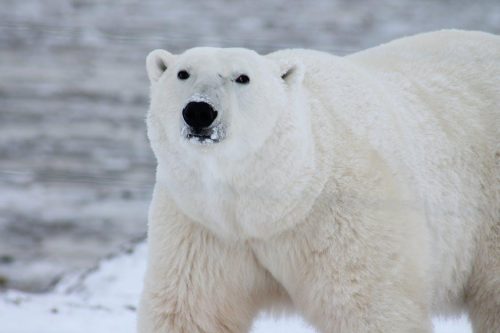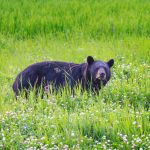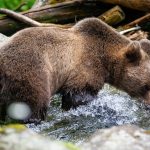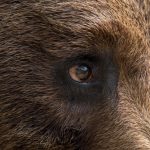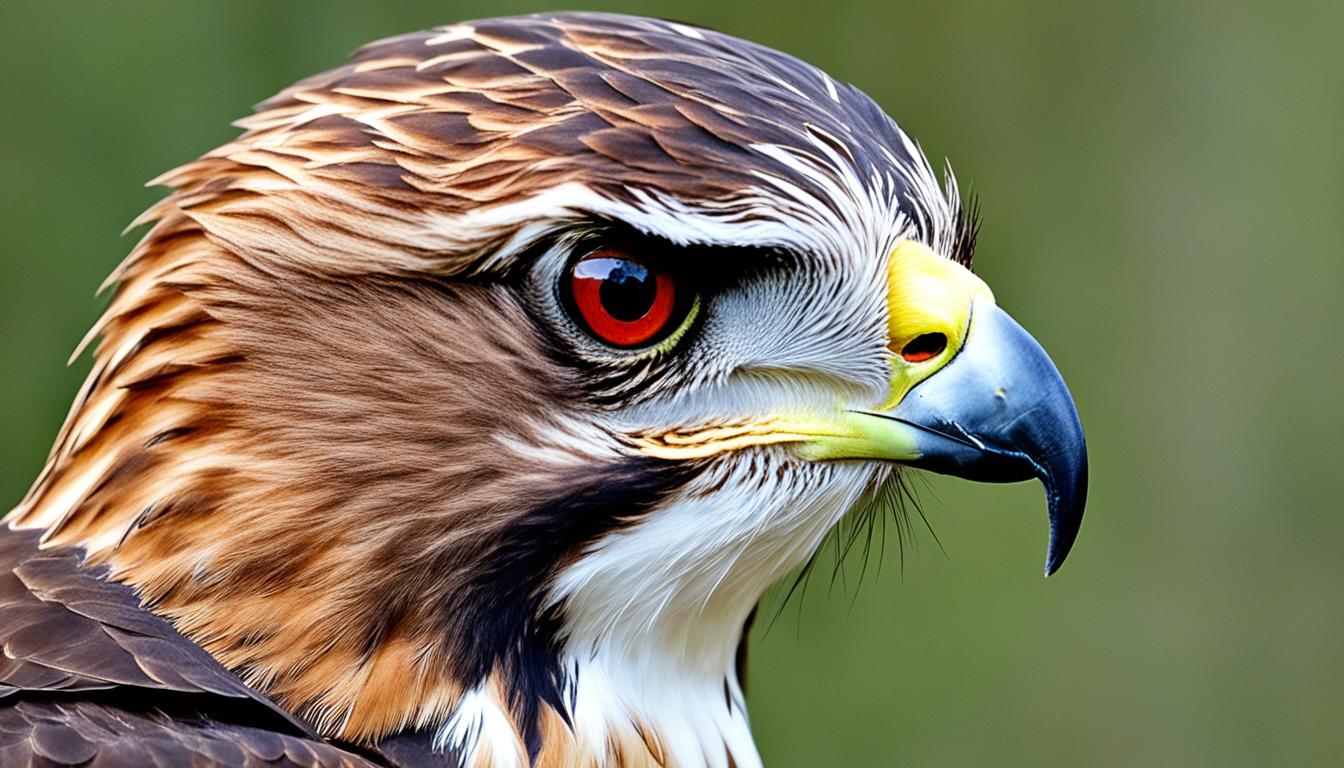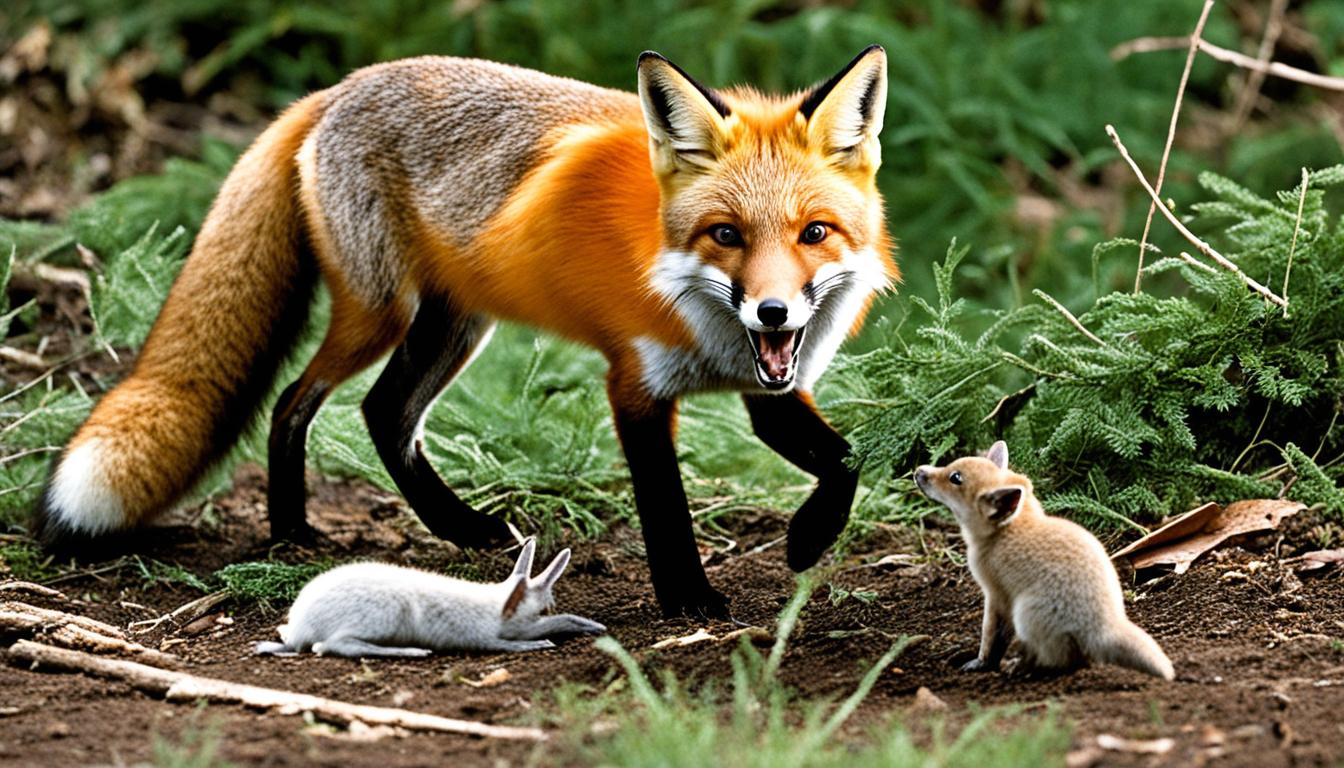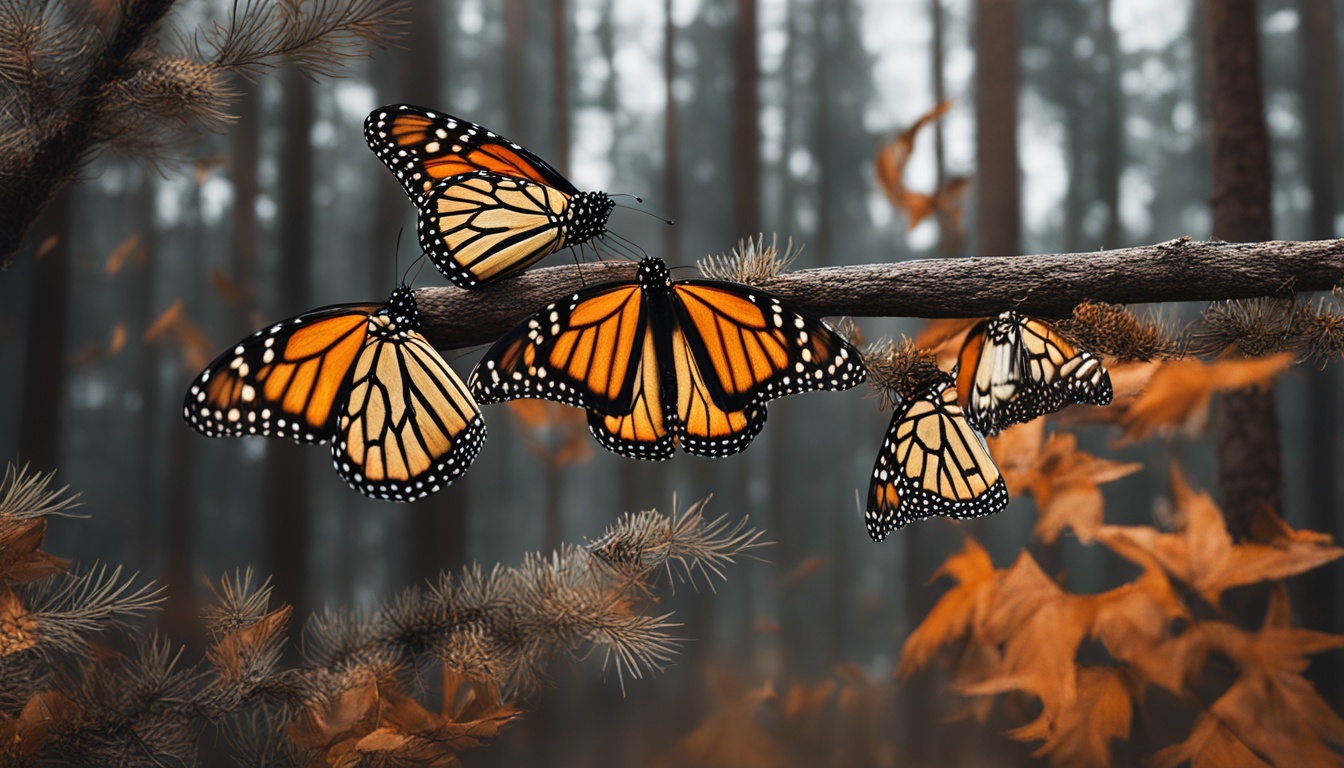The polar bear is a big ursine species found in the Polar Circle and sub-Arctic regions. They are stocky in shape, with sturdy legs and broad feet are well adapted to swimming and have a fully white coat, dark eyes, and a dark snout. Bears have tiny ears and short tails to reduce heat loss. Males are 2.4 to 3.0m long and weigh 350 to 750 kg, while females are 1.8 to 2.4m long and weigh 160 to 250 kg. Both sexes consume bearded and ringed seals.
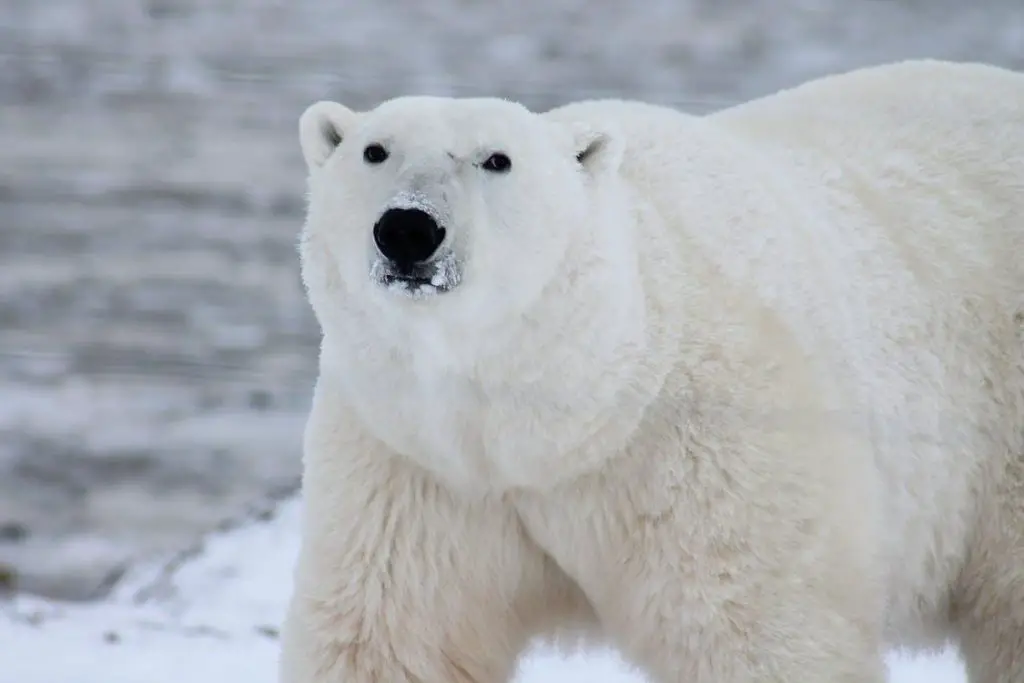
Climate change is causing the ice mass on which the bears live and feed to melt. With less prey available, bears manage to eat sufficient food to survive the hard winters. Females are also significantly less likely to have cubs since they need a lot of feed to achieve a significant amount of weight before pregnancy. To try to save the polar bear, Russia, Canada, Norway, Denmark (Greenland), and the United States signed the Global Agreement on the Preservation of Polar Bears, which committed to investigating and conserving the population.
Who doesn’t adore the enormous, beefy white bear of the north? Polar bears are significant to the economies and cultures of Arctic peoples because they are at the top of the food chain and are vital to the health of the Arctic maritime environment.
Polar bears’ life is entirely dependent on the sea, their primary source of food, and the location where they spend most of their time. However, as the temperatures rise, the ice melts, endangering polar bears.
What is Albinism In Animals?
Albinism is a condition that results in the complete or partial absence of pigmentation in the skin, hair, and eyes. Although it is most commonly associated with human beings, albinism can occur in any species of mammal, bird, reptile, or amphibian. The condition is caused by a mutation in the genes that produce melanin, the pigment that gives color to skin, hair, and eyes.
Albinism is relatively rare; polar bears, for example, are believed to have a rate of about one in ten thousand. Animals with albinism often have very poor eyesight and are at increased risk of sunburn and skin cancer. In some cultures, albinism is considered to be a sign of good luck or royalty. In others, however, people with albinism are shunned or even killed. fortunately, advances in medical science have made it possible for people with albinism to lead healthy lives.
Is An Albino Polar Bear Black?
No, an Albino Polar Bear is not black. Polar Bears have white fur to blend in with their surroundings. In Arctic conditions, their coat is so perfectly camouflaged that it can sometimes pass for a snow drift. Surprisingly, the polar bear’s coat lacks white pigmentation; in reality, the polar bear’s skin is black and its hairs are hollow. They have a dense layer of body fat that keeps animals warm while swimming, as well as a double-layered coat that keeps them warm in the frigid Arctic air.
What Color Is An Albino Polar Bear?
But, if the Polar Bear’s skin is black, why don’t they appear black? Each of the Polar bear’s lengthier guard hairs is hollow and reflects visible light, much the same as snow. Polar bears appear brilliant white when the sun shines brightly.
Because these hairs are empty, the diet and environment of polar bears can influence their color. Polar bears whose diet is high in seals may appear bright yellow due to the seal oils. Polar bears living in warmer climates (such as zoos) may have algae developing in their fur, giving them a green appearance! Don’t worry, being green does not harm the Polar bear, and a wash in a particular salt solution restores their whiteness.
Are There Albino Bears?
Yes but it’s extremely uncommon and believed to be at a rate of about one in ten thousand. . Although an exact population count is difficult to determine, real albino bears often do not survive as long due to their impaired eyesight. One was discovered more than a decade ago by Montana Fish, Wildlife, and Parks, and it’s easy to tell the difference between a real albino bear and this unique beauty.
Can Arctic Animals Be Albino?
Yes, Artic animals can also be Albinos, Arctic creatures are snow-white albino creatures that live in the arctic ecosystem. Because of the extreme environment, only a few animal species, such as the Polar Bear, Arctic Wolf, and Arctic Fox, live in the Arctic. Emperor Penguins, Eurasian Lynx, Reindeer, Orcas, and Brown Bears are among the other polar animals.
When looking for an albino bear, you’re more likely to come across information on a Kermode or “spirit” bear. It’s worth noting that the Kermode bear is not an albino bear. Still, the Kermode bear is unique and deserves its designation. So, how do we tell them apart? Here are a few interesting facts about such white, hairy anomalies.
Polar bears are a subspecies of brown bears that spend most of their time on Arctic sea ice. The polar bear is a land carnivore of the Arctic Ocean that can only be found in the Arctic Circle.
Is There An Albino Polar Bear?
Yes, there is an albino polar bear. It is a rare type of polar bear that has white hair and pink eyes. An albino polar bear is not the same as a regular polar bear; it is missing the pigment in its fur, eyes, and skin that gives regular bears their color. Despite having white fur, an albino polar bear still has thick insulation to keep it warm in the cold Arctic environment.
While they are extremely rare, there have been sightings of albino polar bears in the wild. The best way to identify an albino polar bear is by its pink eyes and lack of pigmentation on its skin and fur. Unfortunately, due to their rarity, very little else is known about them. However, one thing we do know for sure is that these unique creatures are truly fascinating!
Is There A Albino Black Bear?
The answer to the question “Is there an albino black bear?” is yes, but it is a very specific mutation. The results of this mutation are that the complete absence of melanin pigment in the skin, hair, and eyes results in a light brown coat of fur. This coat of fur is much lighter than the normal black coat of a regular black bear.
The absence of melanin pigment also results in light-colored eyes, which can range from pinkish to blueish depending on the particular albino bear. It is extremely rare for an albino black bear to be found in nature due to its lack of camouflage and its inability to survive as easily as regular black bears. However, they do exist and can be seen occasionally if you are lucky enough! See photos of an albino black bear found in Montana!
Is There Such Thing As An Albino Grizzly Bear?
Yes, there is such a thing as an albino grizzly bear. Although the species of bear is not common, they can be found in the wild. Albino grizzlies are born with white fur instead of the typical brown coat, and their eyes often have a pink hue. This coloration occurs due to a genetic mutation that causes them to lack the pigmentation that other bears possess.
Such albinism is rare in wildlife, but it does exist among certain species of animals including bears. Albinism has been reported in many other bear species as well, but not all of them are as renowned as the albino grizzly bear. Despite its rarity and unique appearance, this special creature has become an iconic symbol for conservation efforts around the world. In the video below you can see a very white unconfirmed albino grizzly bear.
Is it Possible for an Albino Polar Bear to Pull a Killer Whale Out of the Water?
In a highly unlikely polar bear and killer whale face-off scenario, it is virtually impossible for an albino polar bear to pull a killer whale out of the water. The sheer difference in size and strength between the two creatures makes it unrealistic.
Are polar bears known for breaking into igloos, and if so, why?
Polar bears are not known for intentionally breaking into igloos. They are curious and may investigate human-made shelters out of curiosity or hunger. However, in general, polar bears are not intentionally seeking out igloos to break into.
How Rare Is An Albino Bear? How Many Are Left?
An albino bear is an extremely rare creature, with only around 500 living bears estimated to exist in the wild. Albinism is the condition or trait where a lack of pigment causes white skin and fur, as well as pale pink eyes.
The most common type of albino bear is known as the Kermode bear, which is found in British Columbia, Canada. It has both black and white fur due to a recessive gene that produces this coloration.
While these bears are incredibly rare, they can be seen in their natural environment from time to time. Albino bears face many challenges due to their condition and lack of camouflage, making them vulnerable to predators like wolves and cougars. Understanding how rare an albino bear it can help us protect its population and appreciate these beautiful creatures for all they have to offer.

